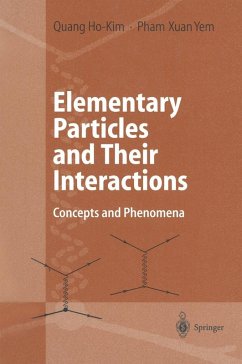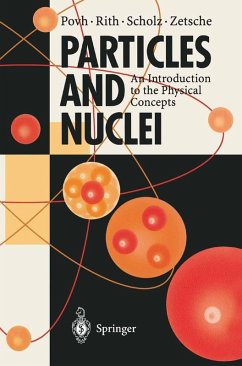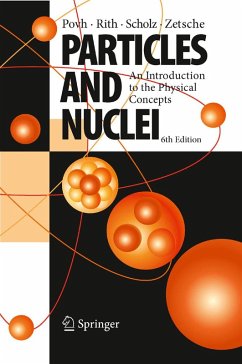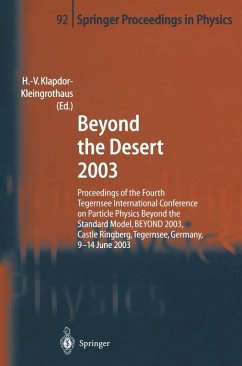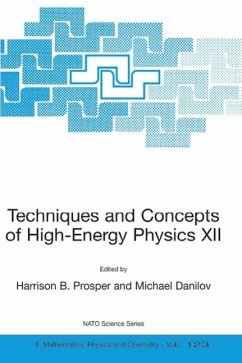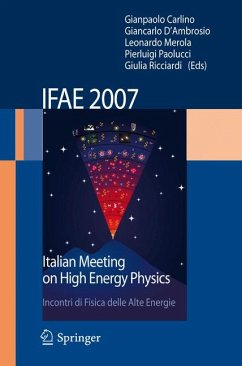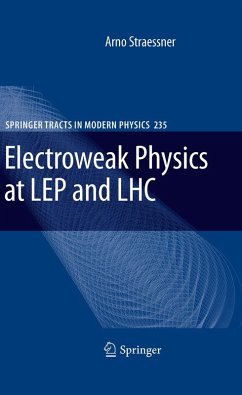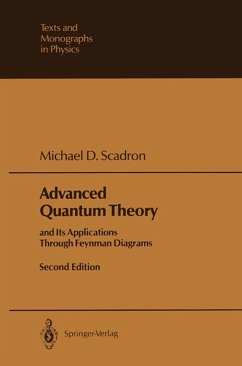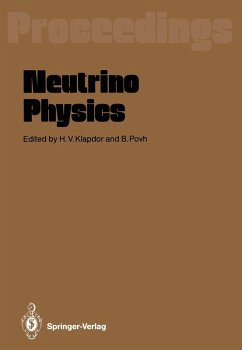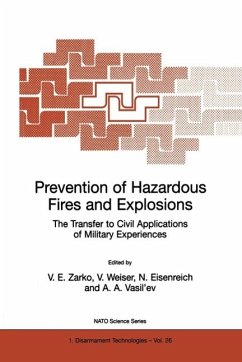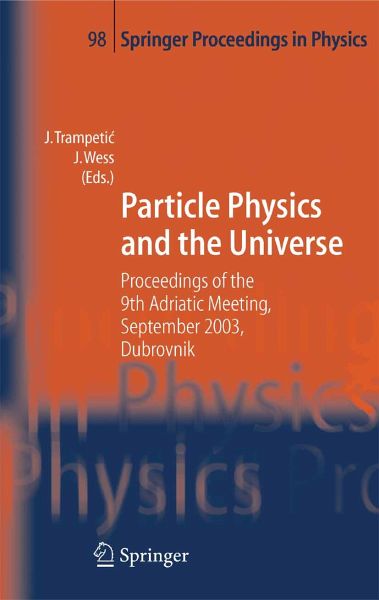
Particle Physics and the Universe (eBook, PDF)
Proceedings of the 9th Adriatic meeting, Sept. 2003, Dubrovnik
Redaktion: Trampetic, Josip; Wess, Julius

PAYBACK Punkte
80 °P sammeln!
The Adriatic Meetings have traditionally been conferences on the most - vanced status of science. They are one of the very few conferences in physics aiming at a very broad participation of young and experienced researchers with di?erent backgrounds in particle physics. Particle physics has grown into a highly multi-faceted discipline over the sixty years of its existence, mainly because of two reasons: Particle physics as an experimental science is in need of large-scale laboratory set-ups, involving typically collaborations of several hundreds or even thousands of researchers and technicians...
The Adriatic Meetings have traditionally been conferences on the most - vanced status of science. They are one of the very few conferences in physics aiming at a very broad participation of young and experienced researchers with di?erent backgrounds in particle physics. Particle physics has grown into a highly multi-faceted discipline over the sixty years of its existence, mainly because of two reasons: Particle physics as an experimental science is in need of large-scale laboratory set-ups, involving typically collaborations of several hundreds or even thousands of researchers and technicians with the most diverse expertise. This forces particle physics, being one of the most fundamental dis- plines of physics, to maintain a constant interchange and contact with other disciplines, notably solid-state physics and laser physics, cosmology and - trophysics, mathematical physics and mathematics. Since the expertise necessary in doing research in particle physics has become tremendously demanding in the last years, the ?eld tends to organize purely expert conferences, meetings and summer schools, such as for detector development, for astroparticle physics or for string theory. TheAdriaticMeetingthroughitsentirehistoryhasbeenaplaceforest- lishing exchange between theory and experiment. The 9th Adriatic Meeting successfully continued this tradition and even intensi?ed the cross-discipline communication by establishing new contacts between the community of c- mologists and of particle physicists. The exchange between theorists and - perimentalists was impressively intensive and will certainly have a lasting e?ect on several research projects of the European and world-wide physics community.
Dieser Download kann aus rechtlichen Gründen nur mit Rechnungsadresse in A, B, BG, CY, CZ, D, DK, EW, E, FIN, F, GR, HR, H, IRL, I, LT, L, LR, M, NL, PL, P, R, S, SLO, SK ausgeliefert werden.



